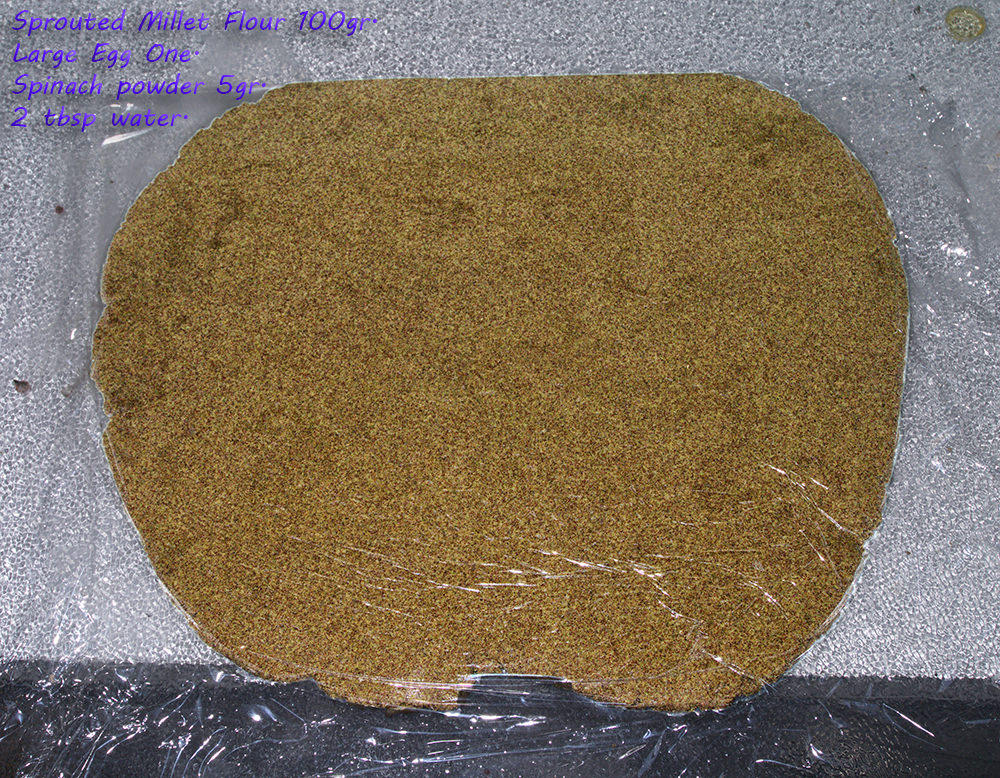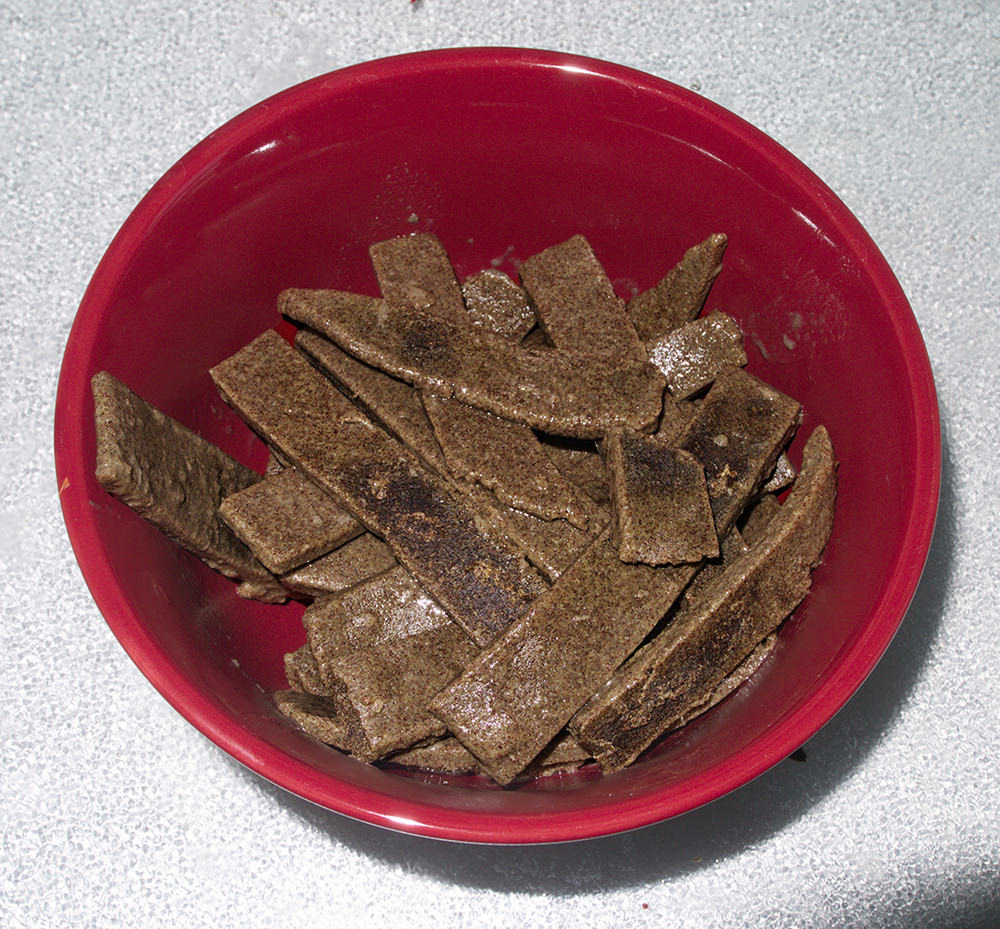We do know that tomatoes made it in to diets in south Europe and wide spread in Spanish America. I don’t know how wide spread the tomatoes were poisonous belief was. Tomatoes were being used in American cooking by early nineteenth century.
I know since tomatoes are nightshade it was associated with poison, but so were potatoes that were quickly accepted ( not to mention tobacco)
I know since tomatoes are nightshade it was associated with poison, but so were potatoes that were quickly accepted ( not to mention tobacco)






